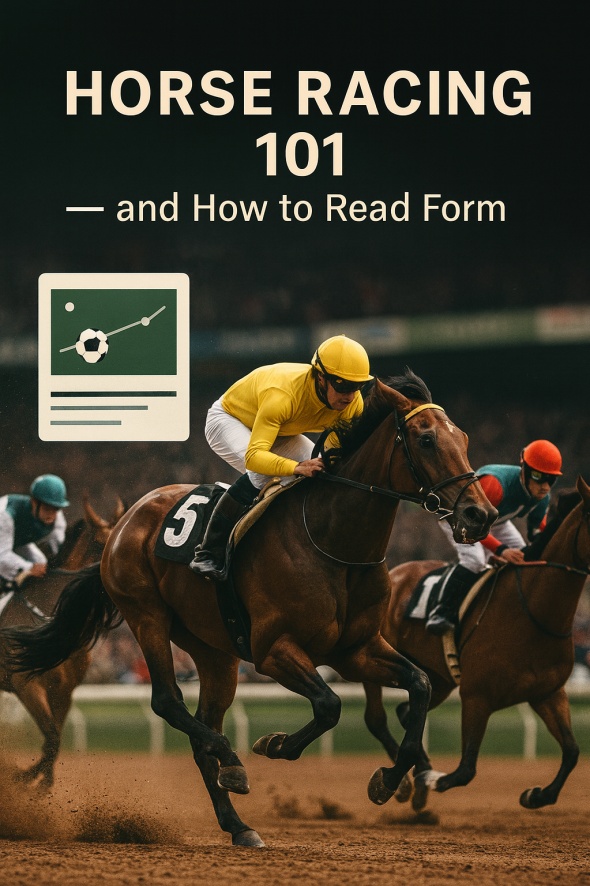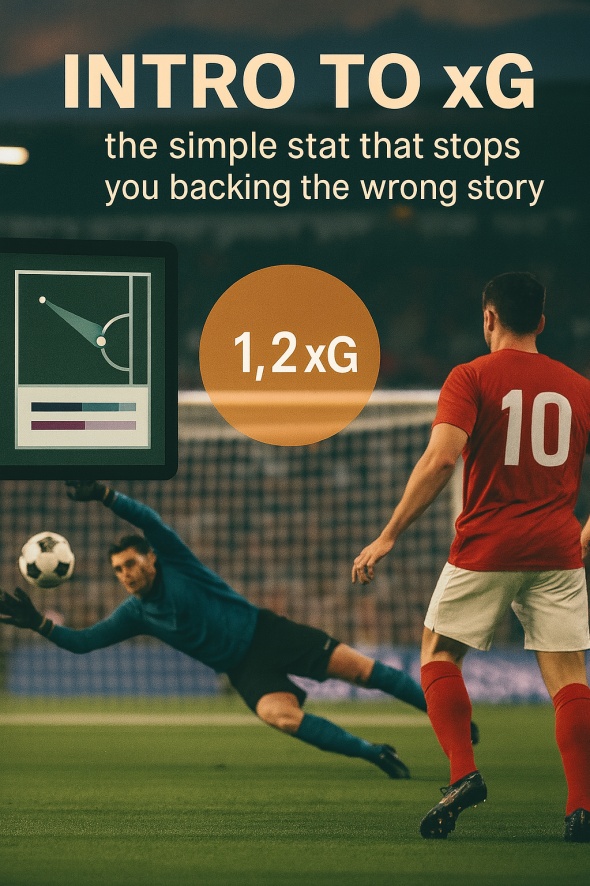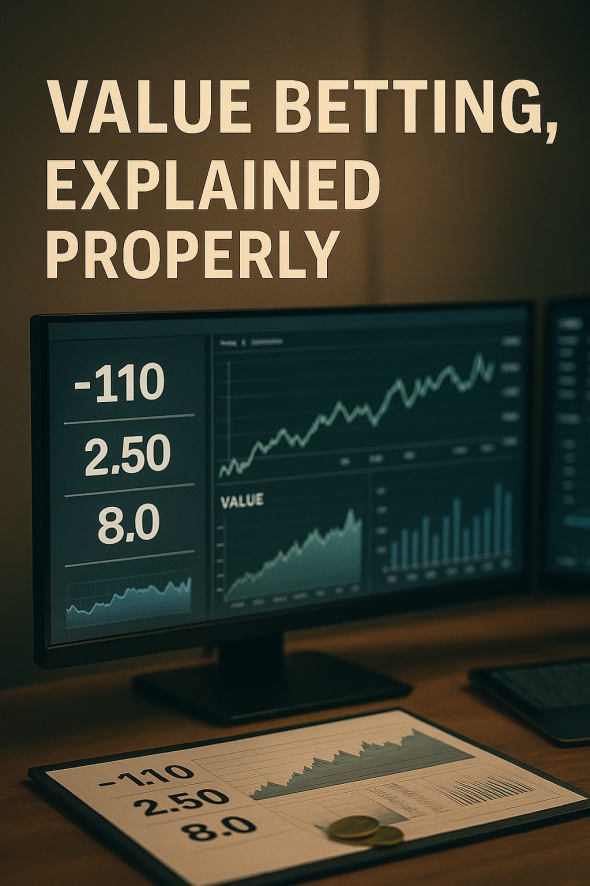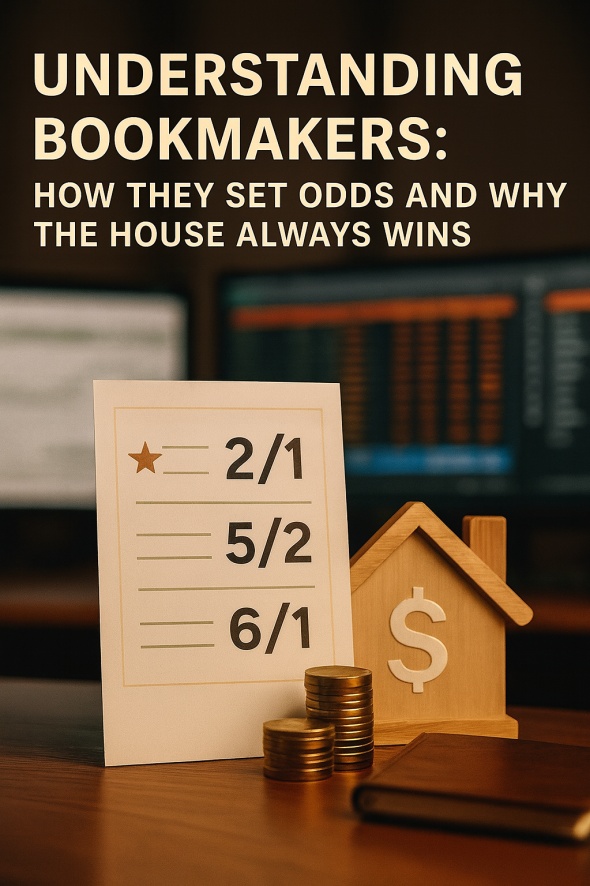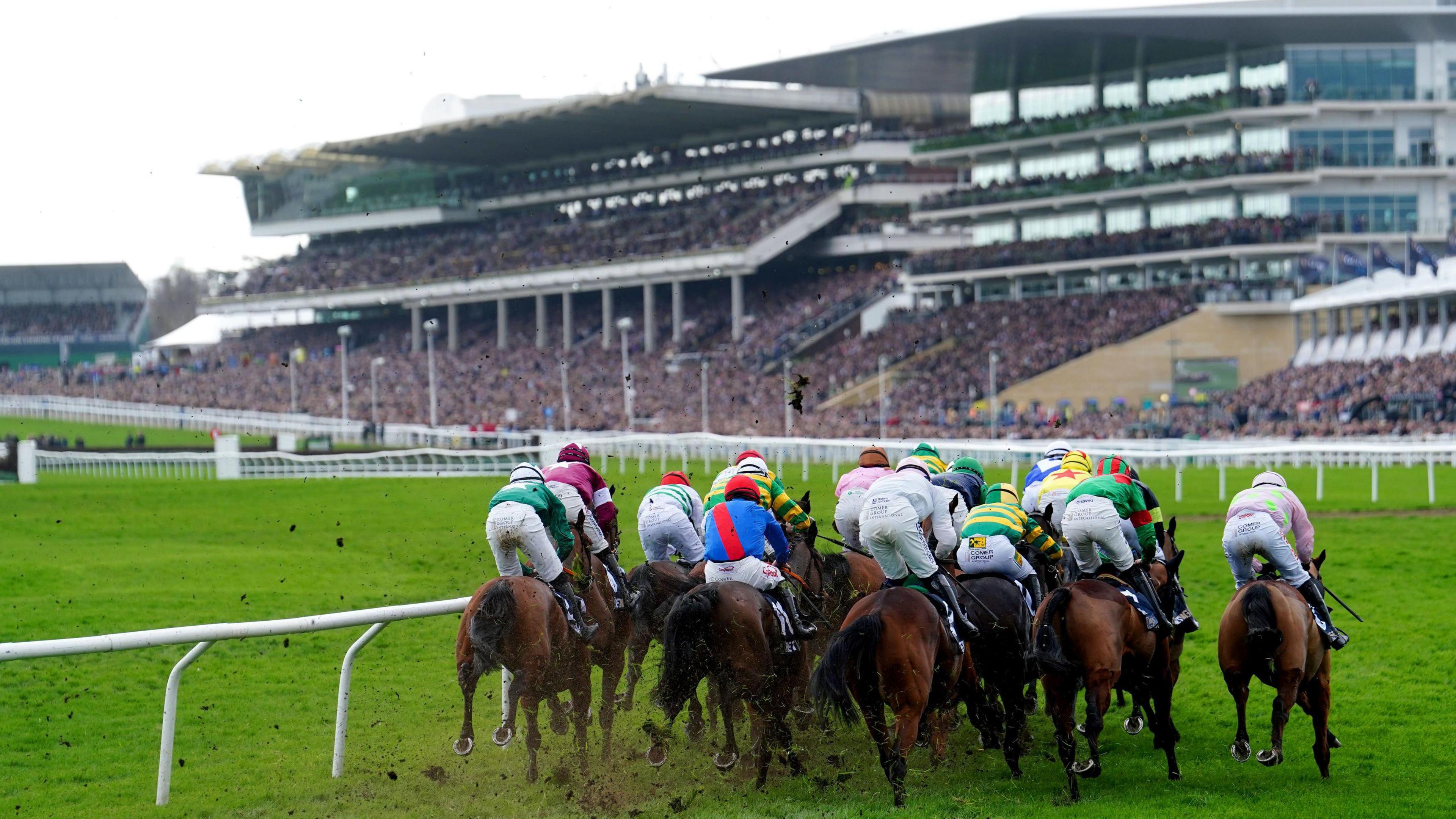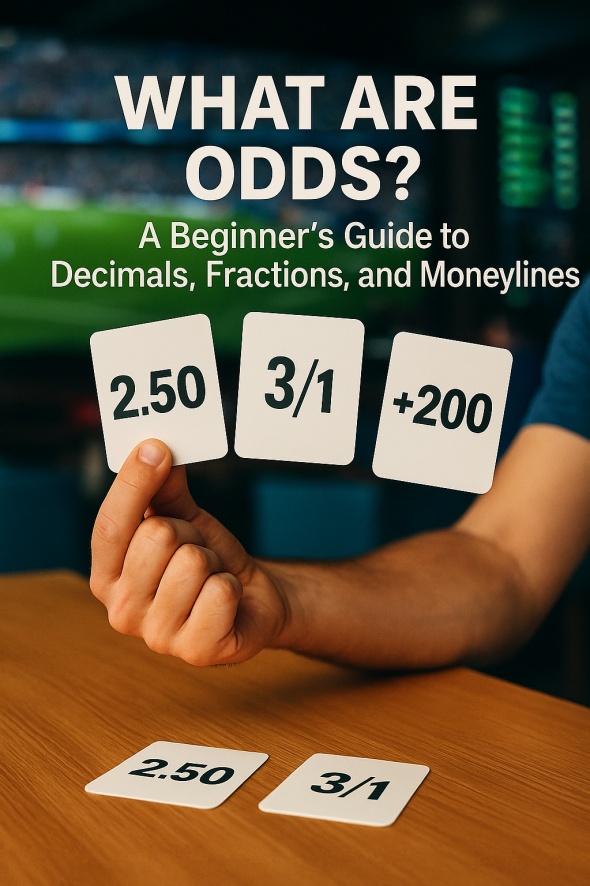
What Are Odds? A Beginner’s Guide to Decimals, Fractions, and Moneylines
If you’re new to betting, odds can look like three dialects of the same language. The key is simple: all odds formats tell you two things—what you’ll get back if you win and the chance the price implies. Once you can translate between them, markets stop feeling mysterious.
Odds are probabilities in different coats—learn the coats and you’ll read any market with confidence.
Members-only tool: Odds Calculator (in your Members Area)
Inside your Members Area, you have an Odds Calculator that flips fractional ↔ decimal ↔ moneyline and shows the implied probability instantly. It removes the mental maths so you can check prices correctly in seconds.
Decimal odds (everyday UK/EU standard)
Looks like: 1.83, 2.40, 3.10
Read it as: stake × decimal = total back (your stake is included).
Sanity check:
- 2.00 = evens (50% implied).
- In two-outcome markets (e.g., tennis match, Draw No Bet), < 2.00 usually indicates the favourite; > 2.00 the outsider.
- In three-or-more outcome markets (e.g., 1×2 football, horse races), the shortest price is the favourite even if it’s above 2.00. Several selections can be 2.50+ and still be first/second favourite.
- Example: 2.50 with a £10 stake returns £25 (£15 profit).
- Simple chance rule: chance % ≈ 100 ÷ decimal (2.50 ≈ 40%, 2.00 = 50%, 3.00 ≈ 33%).
Why decimals? They’re quick and consistent. One glance gives you return and, with that rule of thumb, an immediate sense of the chance.
Fractional odds (common across UK betting)
Looks like: 6/4, 5/2, 11/8
Read it as: profit / stake.
- Example: 6/4 means £6 profit for every £4 staked.
A £10 stake wins £15 profit; total back £25 (same as decimal 2.50).
- Feel for price:
- Top number bigger than the bottom (e.g., 5/2) → bigger than evens (decimal > 2.00).
- Top number smaller (e.g., 4/5) → odds-on (decimal < 2.00).
If fractions slow you down, the Odds Calculator in the Members Area flips them to decimal and shows the chance immediately.
American odds (moneylines)
You’ll see these on US sites or in global price feeds. Two simple rules cover almost everything:
- Positive (e.g., +150) — “win 150 from £100 stake.”
Think: £1 wins £1.50 profit, add your £1 stake back → 2.50 decimal → ≈40% chance.
- Negative (e.g., −200) — “stake 200 to win £100.”
Think: £1 wins £0.50 profit, add stake back → 1.50 decimal → ≈66.7% chance.
Once you’ve turned it into decimal, use chance % ≈ 100 ÷ decimal—or let the Members Area Odds Calculator do it for you.
The bit that matters: implied probability
Odds are just probabilities in disguise. Always translate the price into a chance and ask: is that fair for the true likelihood?
Keep these anchors handy:
- 2.00 = 50%
- 1.80 ≈ 55.6%
- 2.50 = 40%
- 3.00 ≈ 33.3%
If a market says 40% (2.50) and your process says the real chance is 45%, the price is in your favour. If your assessed chance is lower, pass.
Why totals beat 100% (margin/overround)
Add the implied chances for all outcomes in a market (e.g., Home/Draw/Away) and you’ll usually get more than 100%. The extra few percent is the bookmaker’s margin (overround). It’s their edge, not yours—so never confuse a busy book with a generous one.
One price, three coats (worked example)
These three are the same price written differently:
- Decimal 2.50
- Fractional 6/4
- Moneyline +150
They all imply ≈40%. If your view of the true chance is higher (say 45%) and your method is sound, that’s a value bet. If not, you’re paying over the odds.
Which format should you use?
- Use decimal day-to-day for clarity and quick chance checks.
- Be fluent in fractional to read UK boards, sites, and broadcasts.
- Recognise moneylines so US prices don’t throw you.
Pros typically convert everything to decimal, check the implied probability, then decide if the number is worth backing. That routine keeps decisions consistent and disciplined.
Where we take you next
This is the starting line. In our training we show you how to:
- Convert formats reliably (or lean on the Odds Calculator in the Members Area).
- Read the margin properly so you know where the book’s edge sits.
- Compare the market’s chance to your assessed chance and set staking rules that keep you consistent.
You won’t win every bet—no one does—but applying this logic over a meaningful run is the only route with a path to profit.
Download: Turn the Tide — 8 Fast Fixes That Shift the Odds in Your Favour and lock in these fundamentals.
Sign up now: Join our Professional Training Membership for the full, in-depth system (with Beginner and VIP plans also available).
Discover More about EdgeVerge
Join EdgeVerge today and experience the difference that professional sports analysis and insights can offer, or download the Turn the Tide 10 Step Guide to learn more.
